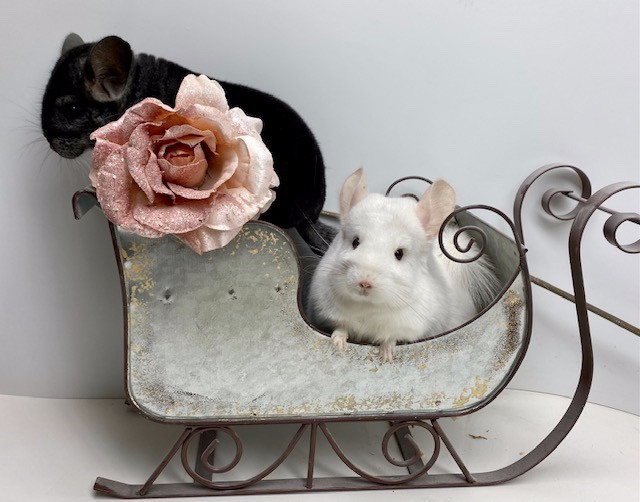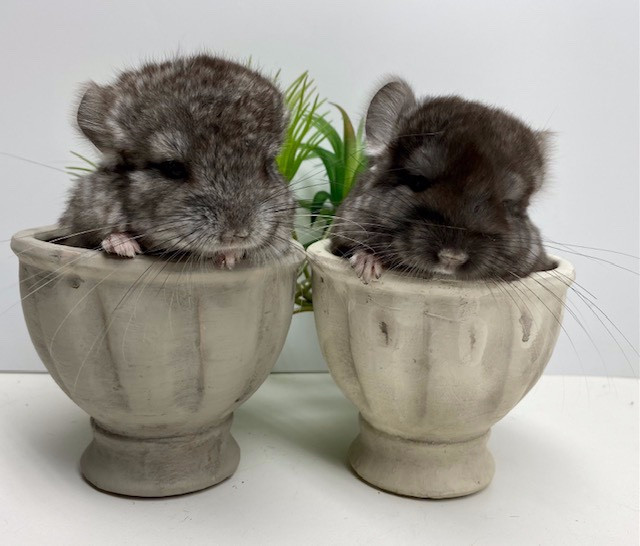Fungus, Conjunctivitis, Coccidiosis, Pseudomonas Aeuruginosa, Streptococcus and Staphylococcus are just a few of the illnesses that an exposed or sick chinchilla could be bringing home to your current chinchilla pet.
What is Quarantine?
Quite simply, quarantine is an isolation to prevent the spread of disease. Quarantine should always be deemed necessary when bringing in any new animals, and is also highly recommended when any of your animals leave your home, such as to the veterinary office.
Most diseases and ailments present themselves within 21 days, however, animals should be quarantined for a minimum of 30 days. The longer you are able to quarantine, the better your chances are of maintaining healthy pets.
Isolation: Setting Up Your Quarantine Room
First and foremost, to appropriately quarantine, exposed chinchillas must be in a separate room. Pine shavings, hay, dust, fecal matter and urine have a way of migrating throughout your room. Without a positive barrier between the animals, the risk of disease transmission is high.
If at all possible, your quarantine room should have a separate air system to resist the spread of airborne diseases and ailments. If a separate air system is not possible, having a quality air purifier in your quarantine room will help remove dangerous particles from the air.
The cage setup in your quarantine room is very important. Positive barriers should be in place when using stacked cages. Water bottles should be used and appropriately marked, to assure that the appropriate bottle remains with the appropriate cage. All cages, walls and the floor should be thoroughly sanitized between uses.
Maintaining Your Quarantined Animals
Your quarantined animals should be inspected daily. The inspection should include the following:
- Animal droppings
- Water and feed consumption
- Activity Levels, lethargy in chinchillas is indicative of a serious condition
- Visual examination, looking for:
- Missing patches of fur
- Lumps or abscesses (check under the neck, the abdomen and behind the legs)
- Eyes: They should be clear without any indication of watering, cloudiness or discharge.
- Sneezing, coughing or wheezing
Thorough hand washing with antibacterial soap is by far, the best way to prevent cross contamination from your quarantine room to your clean room. Clothing and shoes should be changed after you have been in your quarantine room, especially after cleaning cages.
Once your chinchilla(s) have completed a minimum 30 day cycle in your seperate space, and you have observed no issues, chances are they are safe to be placed with your other chinchillas.
Quarantine, Quarantine, Quarantine!
Any pet owner who has dealt with a significant disease or infection spread to their other animals will tell you the hassle of the quarantine process, far outweighs the heartache if you don’t!

